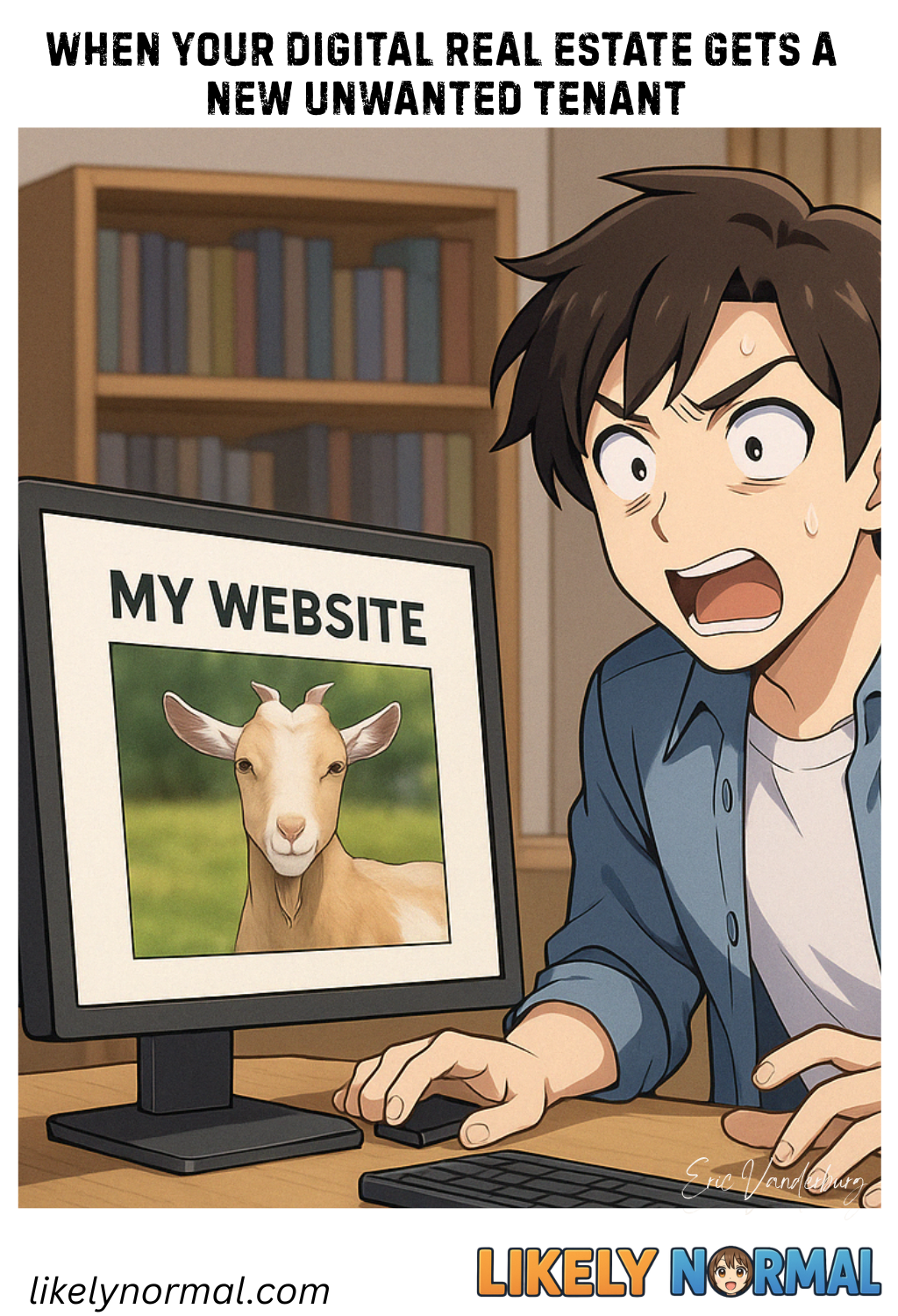Hijacked
Imagine this: You build a beautiful online house (your website), decorate it with your finest memes and professional content, only to wake up one day and find some cyber-squatter has changed the locks, replaced your family photos with Russian ransomware demands, and is now charging your visitors for tours. Welcome to website hijacking—the digital equivalent of coming home to find a raccoon has taken over your living room and is now selling your couch on Craigslist.
On the tech side, it’s a wake-up call that your password “fluffy123” isn’t cutting it anymore. Hackers don’t pick locks; they stroll through the wide-open “Updates Available Since 2015” door you forgot about. Suddenly, your bakery blog is promoting “hot singles in your area” and your grandma’s recipe for oatmeal cookies now downloads spyware. Whoops! Turns out “set it and forget it” only works for rotisserie chickens, not websites.
Socially? Oh boy. Nothing says “We’re closed for business” like your company homepage flashing “LOL GOTCHA” in Comic Sans. Customers flee faster than cats from a vacuum cleaner, and your reputation tanks harder than a YouTuber’s apology video. And let’s talk privacy—because nothing builds trust like your “Contact Us” form now harvesting credit card numbers for a hacker’s side hustle.
The lesson? The internet is a bad neighborhood. Lock your doors (2FA), get a guard dog (firewalls), and maybe stop leaving spare keys under the digital doormat (looking at you, “admin/password” logins). Otherwise, enjoy your new life as an unwilling landlord to cyber-squatters. Rent payment? Your dignity

Discussion ¬